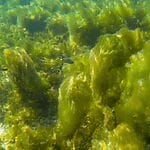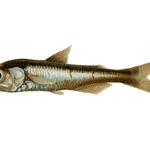If you go to the beach, you can find amazing and interesting animals without even having to wade out into the sea.
In small pockets of seawater found in the intertidal zone (the area that is covered when the tide is in, and open when the tide is out).
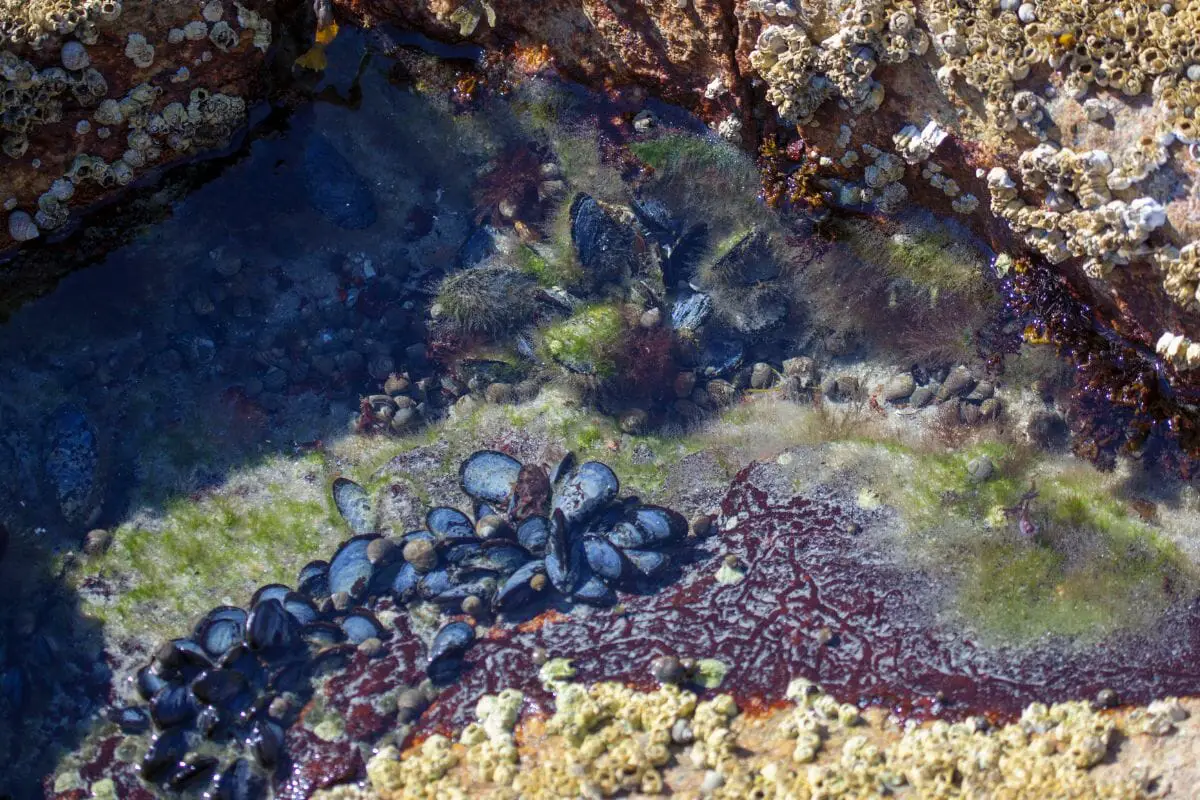
As the tide recedes, seawater gets trapped in natural depressions in the ground, along with many marine organisms and creatures.
This makes tide pools tiny little microcosms of the ocean that can be used to study snails, mussels, sea stars, anemones, or even small fish, depending on what gets left as the tide goes out.
Surviving In A Tide Pool
Creatures that get caught in tide pools during low tide must ensure hours of isolation from fresh water, in a small habitat slowly being exposed to oxygen, the sun, increasing temperatures, and, most dangerously, predators.
In order to survive their time in a rock pool, the inhabitants of a tide pool must be able to hide from wading birds, or cling very tightly to the surrounding rocks.
However, this struggle only lasts until high tide, where they will be nourished and provided with new foods.
Who Lives In A Tide Pool?
As mentioned, there are a ton of different creatures that are able to survive in tide pools, each very interesting in their own ways. Here we will explore the 10 most common organisms that you can find in a tide pool:
1. Barnacles
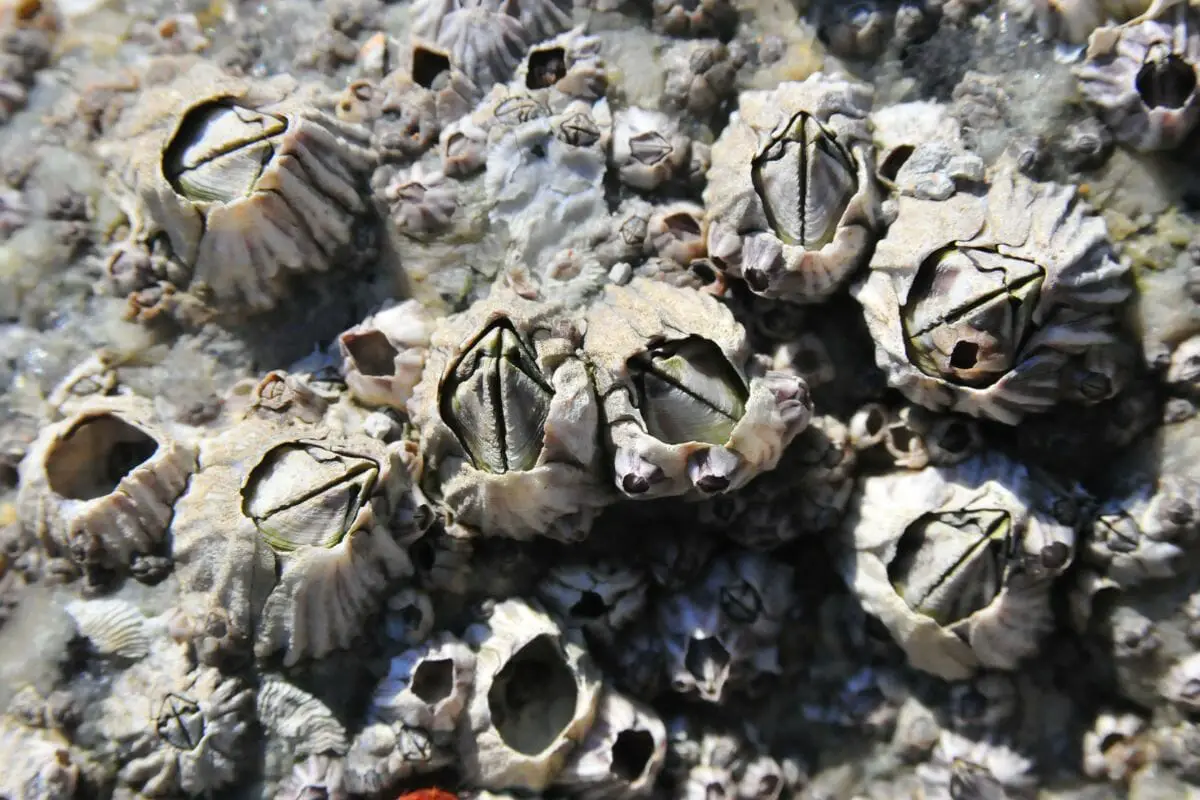
Pretty much the most common tide pool animal is the barnacle. Very often, people might not even notice that they’re there because they mostly just look like rocks and don’t move.
However, barnacles are small crustaceans, like a crab or a lobster, who use their shells (Also check out Animals That Live In Shells) to protect them from getting dried out, as well as from predators.
When they’re underwater, they will use their legs to pull tiny plankton into their mouths, but out of water they are generally completely still.
The cement that barnacles produce to stick themselves onto rocks is among the most powerful glues known to man, and we’re trying to figure out a way to reproduce it for commercial use.
2. Limpets
A limpet is a small group of snails that have conical shells and one muscular foot.
Their shells are shaped in such a way that protects them from their potential predators such as birds, crabs, and sea stars, because the cone is very difficult for them to get a grasp on.
Their shells also perfectly cover the soft part of their body when they’re not moving.
3. Periwinkles
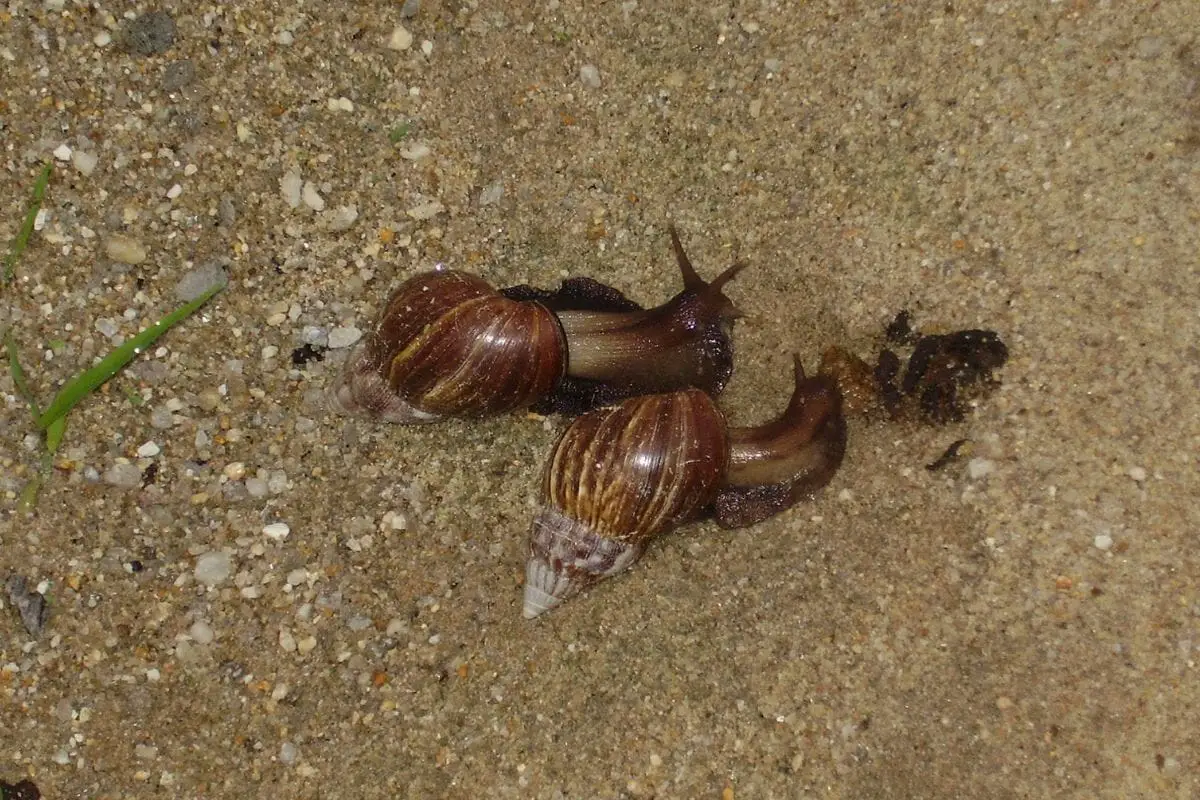
Another snail that you might find in a tide pool is a periwinkle. These snails are small and editable, and they carry a shell that is a dark blue and sometimes has bands.
They thrive well in tide pools because of how they prefer to just graze on algae all day, which grows in abundance within tide pools.
If you are harvesting these little snails in order to eat, this is sometimes called “wrinkling”.
4. Blue Mussels
These tear-drop shaped mollusks are typically found growing in clusters. They’re also delicious when found on a restaurant’s menu.
Because these creatures are filter feeders, who pump water through their gills in order to breathe and feed, they actually improve the quality of the water that they’re residing in.
5. Sea Slugs
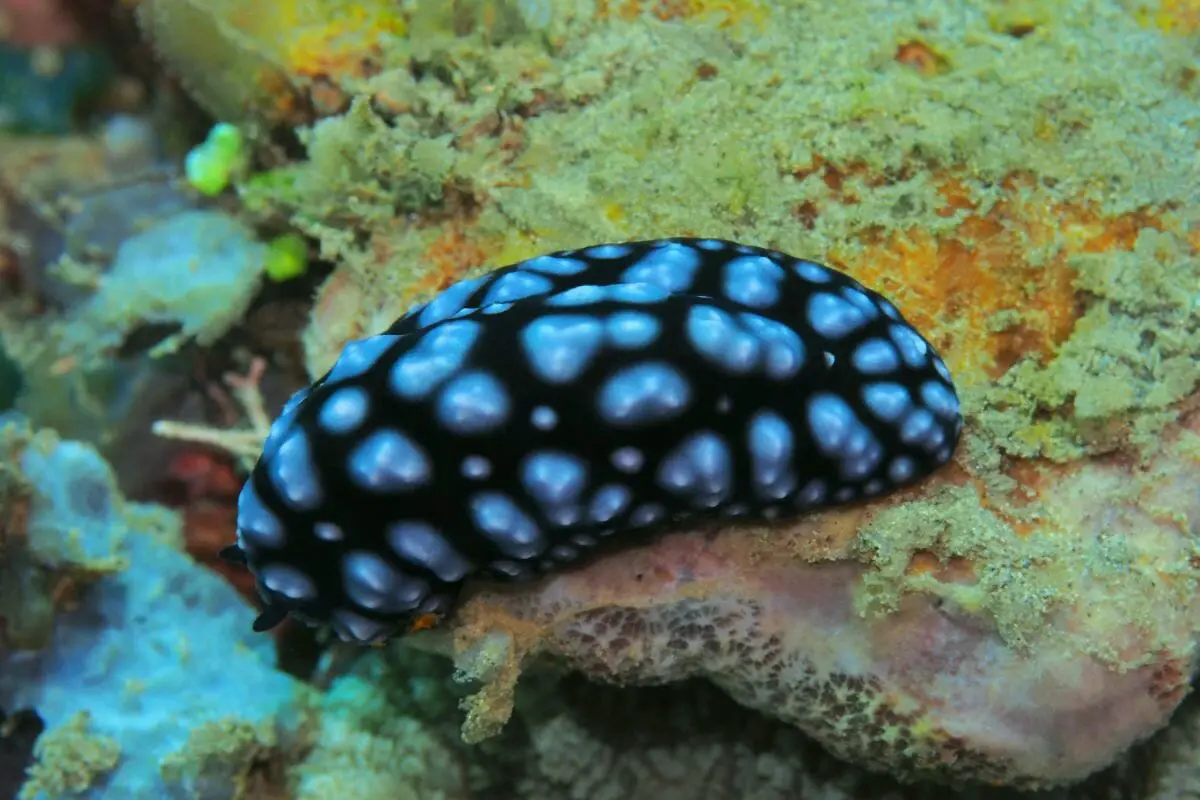
You’ll have seen a sea slug in a tide pool before, probably without even noticing that they were these.
These creatures are incredibly good at camouflaging themselves to the bottom of the tide pool that they inhabit.
If you pay attention, you might be able to notice a soft white structure on the underside of a rock, that could be a sea slug.
These slugs like to feed on specific kinds of algae, as well as some other small animals if they’re big enough. Sometimes the pigments from the algae they eat will contribute to the color of their body.
6. Sea Stars
Possibly the most famous of the coastline creatures is the sea star, also known as the starfish.
These animals can be found in just about any kind of water, including right in the deep sea – they’re terrifying when they grow down there though, just like everything else.
A lot of aquariums will let you feel what the back of their skins look like in touching pools, but you can also find them commonly in tide pools as well.
Typically they have five arms that are covered with little suckers that help them stick to the ground as well as move along the ocean floor.
7. Sea Urchins
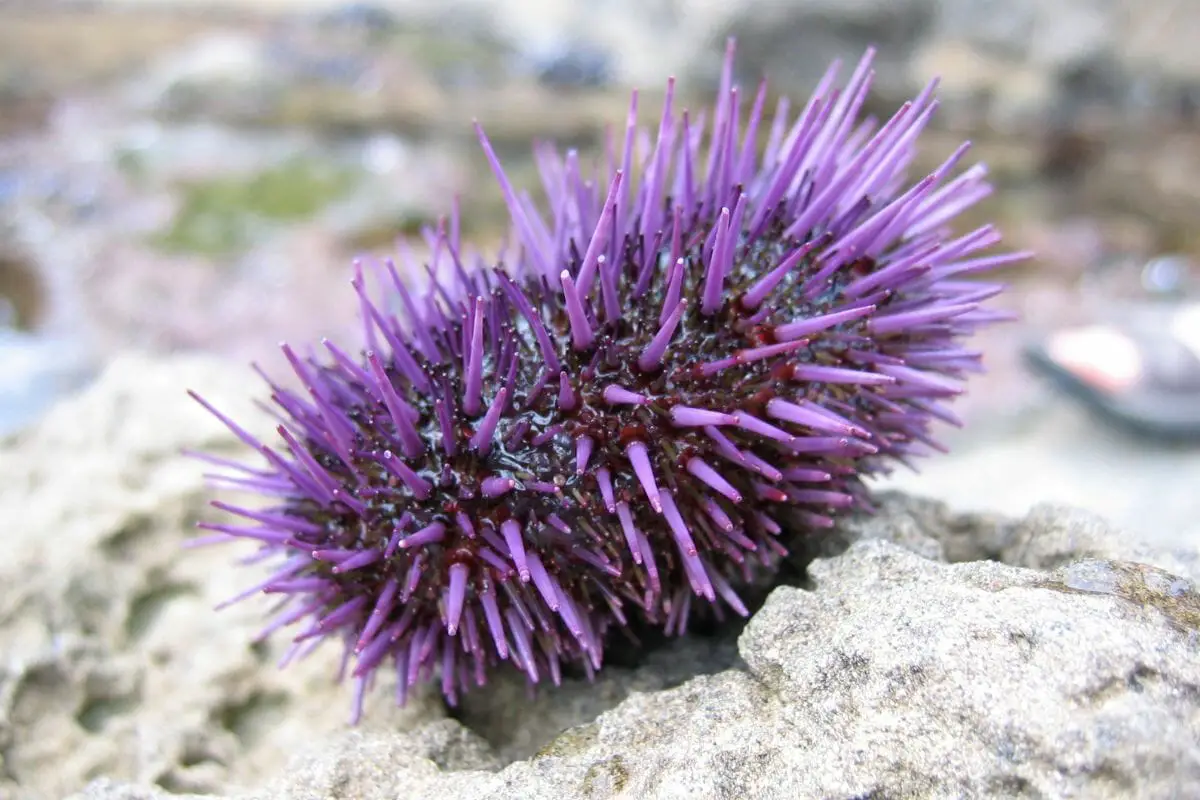
Very closely related to sea stars is the sea urchin. They are difficult to miss, but if you happen not to notice them, you’ll quickly find out when you step on their sharp spines.
Be very careful when wading through rock pools because some sea urchins can be venomous.
These creatures graze on seaweed and if you carefully turn them over, you will see its mouth in the very center of their body.
8. Sea Cucumbers
Though they look like strange lumps of jellies, sea cucumbers are actually animals that are related to starfish and sea urchins.
Instead of being radial, these creatures are long and have many tube-like feet all around their bodies so that they can attach themselves to rocks and the ocean floor.
9. Hermit Crabs

If you’re lucky, you might also see a hermit crab whilst exploring the tide pool.
These small crustaceans shelter in empty shells left by other mollusks. Because the shells don’t grow, they have to swap as they grow.
They’re very interesting to watch crawl around, however be careful, because if you get too close you risk being nipped by their large front claws, one of which will be much bigger than the other one.

